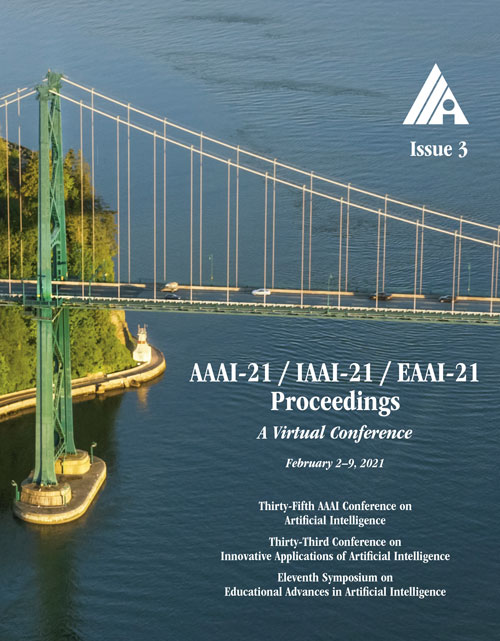Adaptive Pattern-Parameter Matching for Robust Pedestrian Detection
DOI:
https://doi.org/10.1609/aaai.v35i3.16313Keywords:
Object Detection & CategorizationAbstract
Pedestrians with challenging patterns, e.g. small scale or heavy occlusion, appear frequently in practical applications like autonomous driving, which remains tremendous obstacle to higher robustness of detectors. Although plenty of previous works have been dedicated to these problems, properly matching patterns of pedestrian and parameters of detector, i.e., constructing a detector with proper parameter sizes for certain pedestrian patterns of different complexity, has been seldom investigated intensively. Pedestrian instances are usually handled equally with the same amount of parameters, which in our opinion is inadequate for those with more difficult patterns and leads to unsatisfactory performance. Thus, we propose in this paper a novel detection approach via adaptive pattern-parameter matching. The input pedestrian patterns, especially the complex ones, are first disentangled into simpler patterns for detection head by Pattern Disentangling Module (PDM) with various receptive fields. Then, Gating Feature Filtering Module (GFFM) dynamically decides the spatial positions where the patterns are still not simple enough and need further disentanglement by the next-level PDM. Cooperating with these two key components, our approach can adaptively select the best matched parameter size for the input patterns according to their complexity. Moreover, to further explore the relationship between parameter sizes and their performance on the corresponding patterns, two parameter selection policies are designed: 1) extending parameter size to maximum, aiming at more difficult patterns for different occlusion types; 2) specializing parameter size by group division, aiming at complex patterns for scale variations. Extensive experiments on two popular benchmarks, Caltech and CityPersons, show that our proposed method achieves superior performance compared with other state-of-the-art methods on subsets of different scales and occlusion types.Downloads
Published
2021-05-18
How to Cite
Liu, M., Zhu, C., Wang, J., & Yin, X.-C. (2021). Adaptive Pattern-Parameter Matching for Robust Pedestrian Detection. Proceedings of the AAAI Conference on Artificial Intelligence, 35(3), 2154-2162. https://doi.org/10.1609/aaai.v35i3.16313
Issue
Section
AAAI Technical Track on Computer Vision II

